Physical Address
304 North Cardinal St.
Dorchester Center, MA 02124
Physical Address
304 North Cardinal St.
Dorchester Center, MA 02124
Making baby food can feel overwhelming, especially with so many options available. If you want to save money, reduce waste, and enjoy the freshness of homemade meals, a baby food maker can be a worthwhile investment. These machines are designed to simplify the process of preparing purees and other recipes for your little one, making mealtime easier for you.
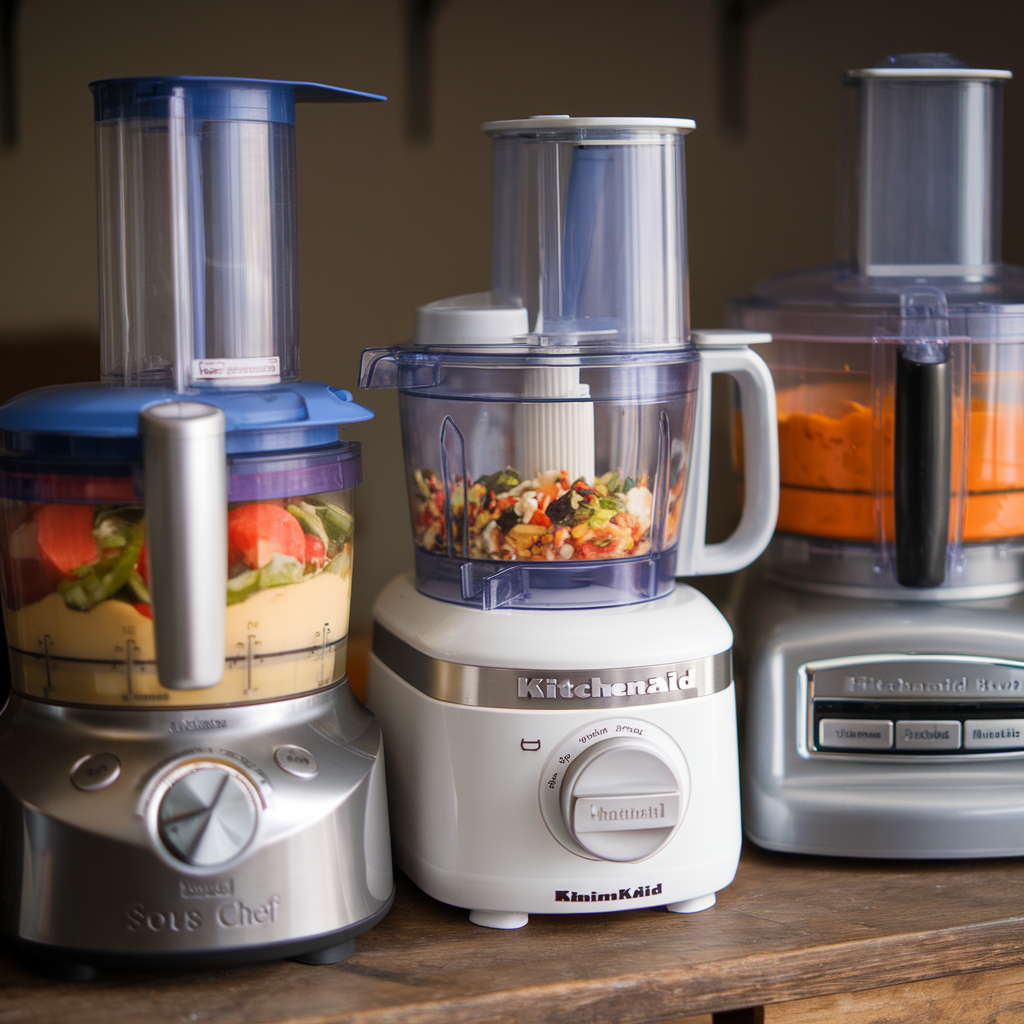
You might wonder if a baby food maker is essential, particularly if you already own other kitchen gadgets. While you can certainly use tools like blenders or food processors, a dedicated baby food maker may offer convenience that you appreciate, especially on busy days. Additionally, understanding the different types of baby food makers can help you find the best fit for your needs and budget.
As you explore your options, it’s essential to keep practical factors in mind, such as the appliance’s size, ease of cleaning, and safety features. This will ensure that your choice not only serves your baby’s diet but also fits seamlessly into your kitchen routine.
Making baby food can be a rewarding experience. It helps you understand how to introduce solids to your little one, while also ensuring they get proper nutrition tailored to their age. Let’s dive into two important areas: baby food stages and the nutritional needs for different age groups.
Baby food preparation changes as your child grows. At around 6 months, your baby can start with pureed fruits and vegetables. These help to introduce flavors and textures.
When they reach 8-10 months, you can add mashed or finely chopped foods. This includes soft finger foods like bananas, cooked carrots, and small pieces of soft-cooked meats.
By 12 months, your child should be ready for table foods. These include soft pieces of healthy foods that you eat. Always ensure that the food is safe and appropriate for their age to prevent choking.
Every stage of development has its specific nutritional requirements. For babies 6-8 months old, breast milk or formula remains vital. You can start introducing iron-rich foods like pureed meats or iron-fortified cereals.
From 8-12 months, focus on a variety of fruits, vegetables, grains, and proteins. This variety helps expose your baby to new flavors and ensures they get necessary vitamins and minerals.
By 12 months, your toddler’s diet can include whole milk, whole grains, and a greater variety of meats and vegetables. It’s essential to keep introducing different foods to support healthy growth and development.
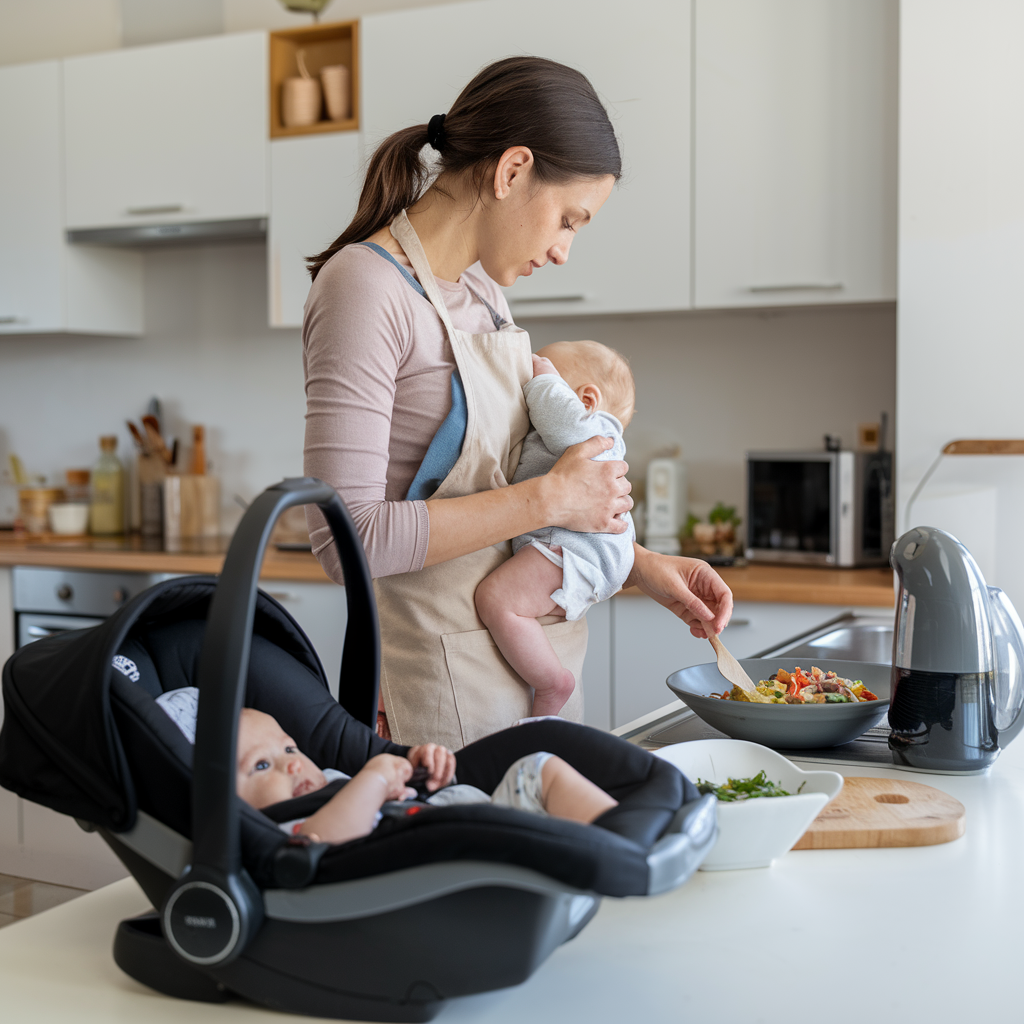
Using a baby food maker can offer several advantages for busy parents. You gain convenience, control over what your baby eats, and the ability to create a variety of healthy meals. Let’s explore these benefits in more detail.
One of the main benefits of a baby food maker is the convenience it provides. These machines are designed to streamline the food preparation process. With just one appliance, you can steam, blend, and puree food quickly.
This saves you valuable time in the kitchen, especially during busy days. Instead of juggling multiple pots and blenders, you can make delicious baby food in just a few minutes.
Most baby food makers are also easy to clean. You can spend less time scrubbing dishes and more time enjoying your time with your little one.
When you use a baby food maker, you have complete control over the ingredients in your baby’s meals. You can choose fresh fruits, vegetables, and grains without any added preservatives or chemicals.
This means you can ensure your baby is eating healthy, home-cooked meals. You can also accommodate any dietary preferences or allergies your child may have.
Making your own baby food allows you to experiment with flavors. You can introduce new vegetables or combinations at your pace, helping your child develop a taste for a wide range of foods.
A baby food maker makes it simple to prepare a variety of meals. These machines can handle different textures, from smooth purees to more chunky styles as your baby grows.
You can easily mix and match ingredients to create exciting flavors. For example, blend bananas with oatmeal for a tasty breakfast or combine sweet potatoes with peas for lunch.
Using a baby food maker also encourages you to include nutritious foods. You can keep meals balanced by adding in different food groups, ensuring your baby receives the essential nutrients they need for growth.
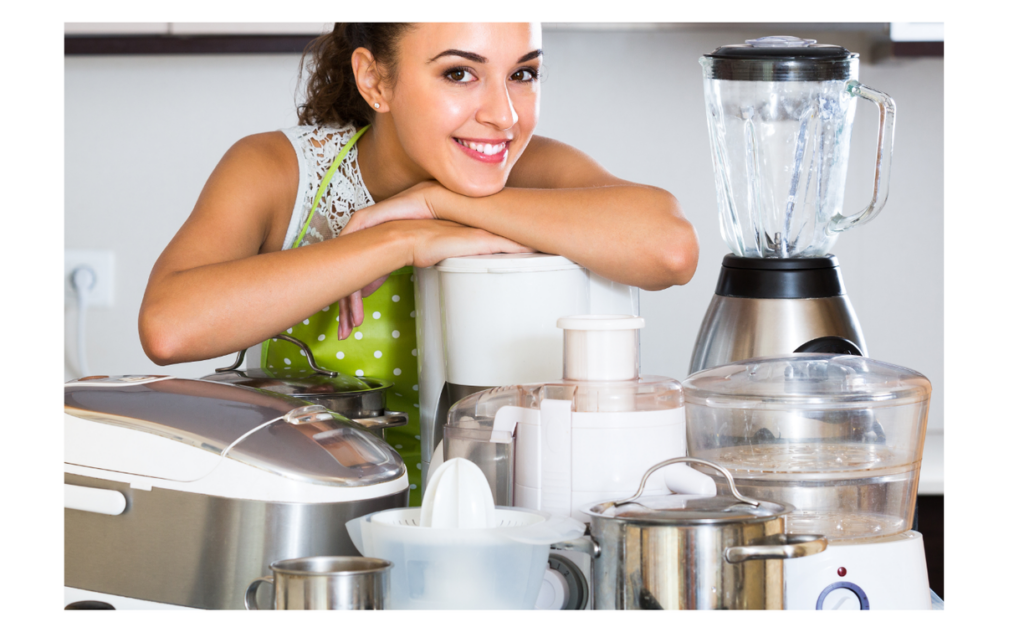
Before deciding on a baby food maker, it’s important to think about what kitchen tools you already have. Many appliances can serve multiple purposes, making them practical choices for preparing baby food. Let’s explore common kitchen tools and compare them to dedicated baby food makers.
You might already have some handy appliances in your kitchen that can easily make baby food. Here are a few:
Utilizing these tools saves you space and money. Instead of adding a dedicated baby food maker to your kitchen, you can make nutritious meals with what you already own. You’ll also benefit from the versatility of these appliances as your baby grows and starts eating more solid foods.
Dedicated baby food makers are designed specifically for making baby food, but they come with limitations. Here are some differences to consider:
Assessing these factors can help you determine if it’s worth investing in a dedicated baby food maker or if the appliances you already own can do the job just fine.
When choosing a baby food maker, it’s important to understand the different types available. Each type has unique features and benefits, making it easier for you to prepare healthy meals for your little one.
All-in-one baby food processors are popular because they combine several functions in one device. These machines can steam, blend, and sometimes even reheat food.
With an all-in-one processor, you can prepare fruits, vegetables, and grains efficiently. For example, the Baby Brezza One Step Glass Food Maker steams and blends in one jar, reducing cleanup time.
Using these processors is straightforward. You simply add food, set the timer, and let the machine do the work. This type is ideal if you want healthy homemade purees without much fuss.
Manual food mills are another option for making baby food, and they’re very easy to use. These handheld tools allow you to mash fruits and vegetables to your desired texture.
One benefit of a manual food mill is that it does not require electricity. This makes it portable, great for travel or outdoor food prep. It’s also usually lightweight and easy to clean.
You can easily control the texture for your baby’s needs, whether smooth or chunky. Popular models, like the Sage Spoonfuls Sage Baby Puree & Blend, are simple yet effective for quick meals.
Handheld blenders, or immersion blenders, are versatile tools for making baby food. They can quickly blend food directly in a pot or bowl, saving you time on cleanup.
These devices are lightweight and easy to store. Just pop them in a drawer when you’re done. You can puree fruits, vegetables, and even soups quickly, allowing you more flexibility in meal prep.
Look for models with easy-to-clean parts and multiple speed settings. Many parents find handheld blenders, like those from Cuisinart, perfect for making a wide range of textures depending on your baby’s age and needs.

When considering a baby food maker, it’s important to think about both the initial costs and how it may save you money over time. You want to make an informed choice that aligns with your budget and feeding needs.
Purchasing a baby food maker requires an initial investment. Prices typically range from $30 for basic models to up to $250 for high-end options. If you opt for a mid-range model, expect to spend between $60 and $150.
While the upfront cost may seem high, homemade baby food can lead to long-term savings. Buying fresh ingredients in bulk and making your own food often costs less than purchasing store-bought, pre-packaged baby food. If you use the maker regularly, the savings can outweigh the initial expense.
Here’s a quick look at the price range for various baby food makers:
| Model Type | Price Range |
|---|---|
| Basic Models | $30 – $60 |
| Mid-Range Models | $60 – $150 |
| High-End Models | $150 – $250 |
Choosing the right model often depends on your budget and how frequently you plan to make baby food. Basic models may just puree food, while high-end makers often come with additional features like steaming. Assess what features are important to you to ensure you’re making a smart purchase.
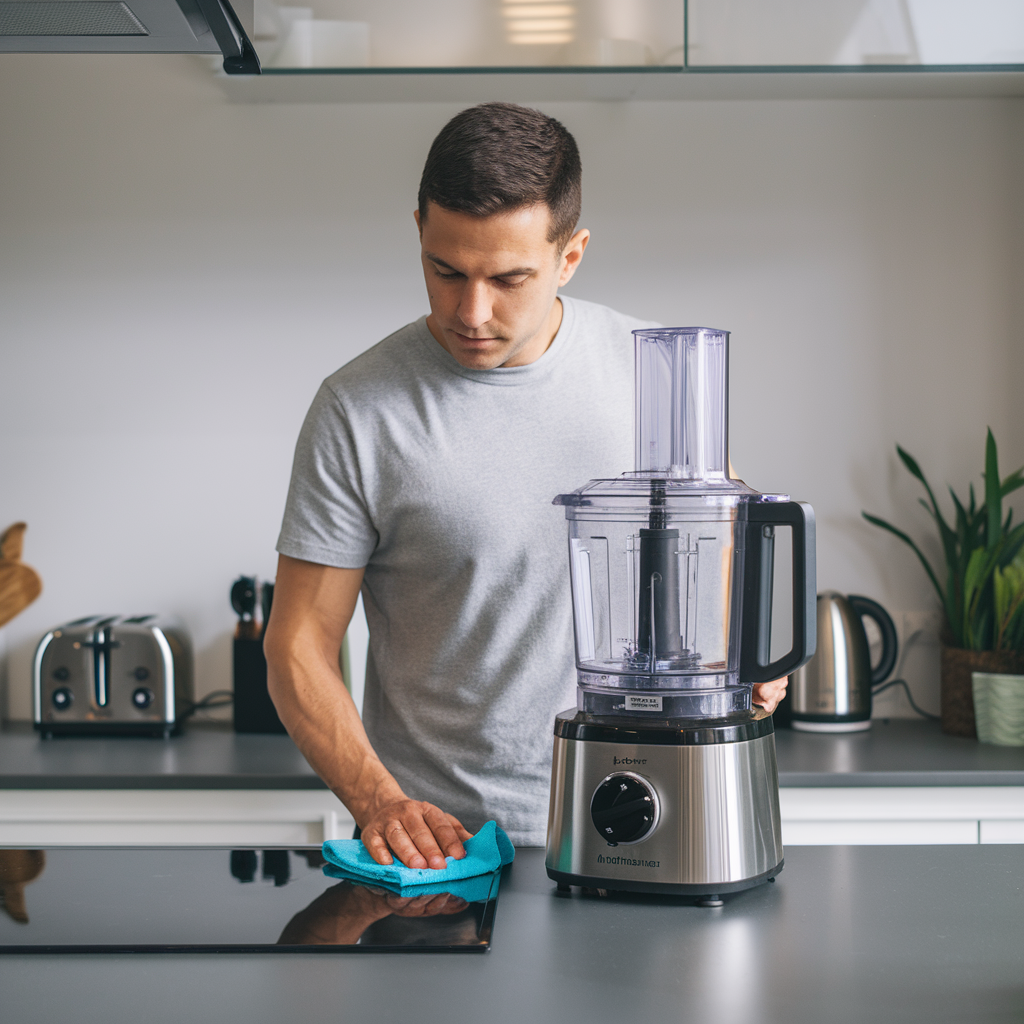
Keeping your baby food maker clean is crucial for its performance and your child’s health. Regular maintenance can help extend the machine’s lifespan. You’ll want to be aware of the cleaning methods for different parts and how to ensure they stay in good condition.
Most baby food makers are designed for easy cleaning. Start by unplugging the machine and letting it cool down completely. Many parts like the jug, lid, and basket can be washed with warm, soapy water. Check if they are dishwasher safe; some units allow for this, making cleanup even simpler.
Consider using a soft sponge to avoid scratching surfaces. It’s important to regularly descale parts like the steam tank or heating plate. The process usually involves using a mix of vinegar and water to remove any mineral buildup. Following the manufacturer’s instructions is key to maintaining your machine’s efficiency.
The durability of a baby food maker depends on its quality and how well you care for it. Investing in a reputable brand can mean a longer lifespan for your appliance. Typically, with proper cleaning and maintenance, many baby food makers can last several years.
Avoid using abrasive materials that can scratch or damage the surfaces. Regularly inspect parts like blades and seals for wear. If you notice any damage, replace them as needed. A little care goes a long way to ensure your food maker remains a reliable tool in your kitchen for making healthy meals for your baby.
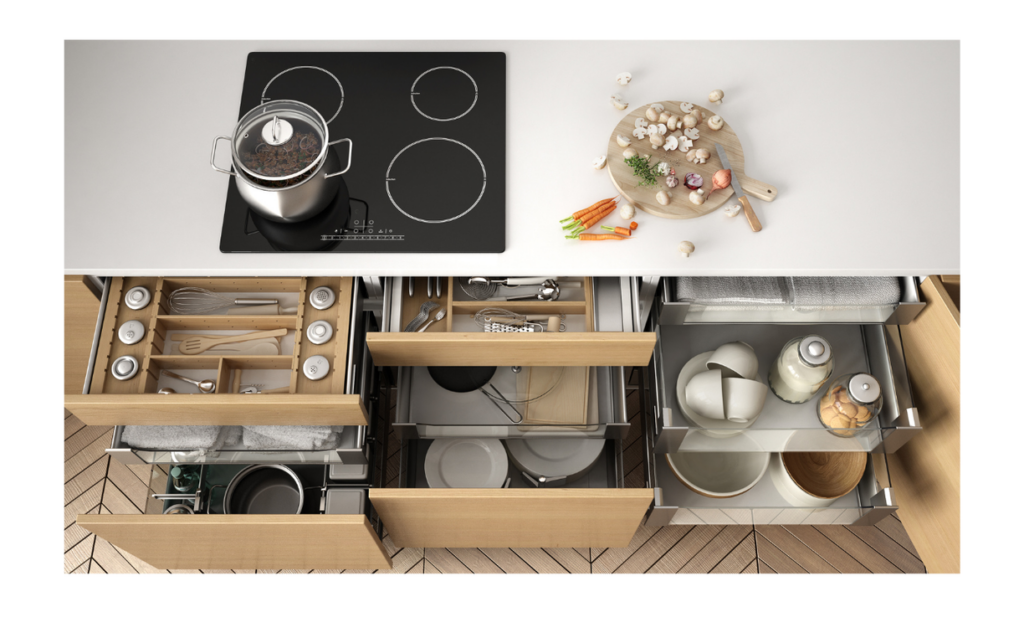
When deciding on a baby food maker, think about how much space you have. Two important areas to consider are the counter space you need for daily use and how you’ll store the appliance when it’s not in use. Let’s explore both of these aspects.
Many baby food makers are compact, but some can still take up a good amount of counter space. Before purchasing, measure the area where you plan to use the appliance.
Look at the dimensions of the baby food maker. Some models serve multiple purposes, which can help minimize clutter. For instance, a combination blender and food processor can save valuable counter space while still being effective.
Consider that you may also need extra space for preparing ingredients and serving. Ensuring you have a clear area can make the process smoother and more enjoyable for you.
When not in use, baby food makers need a home. If your kitchen has limited storage, think about where you can put this appliance. Consider options like:
Storing larger batches of homemade baby food also takes planning. You may need containers that fit your freezer or fridge while keeping them organized and accessible.
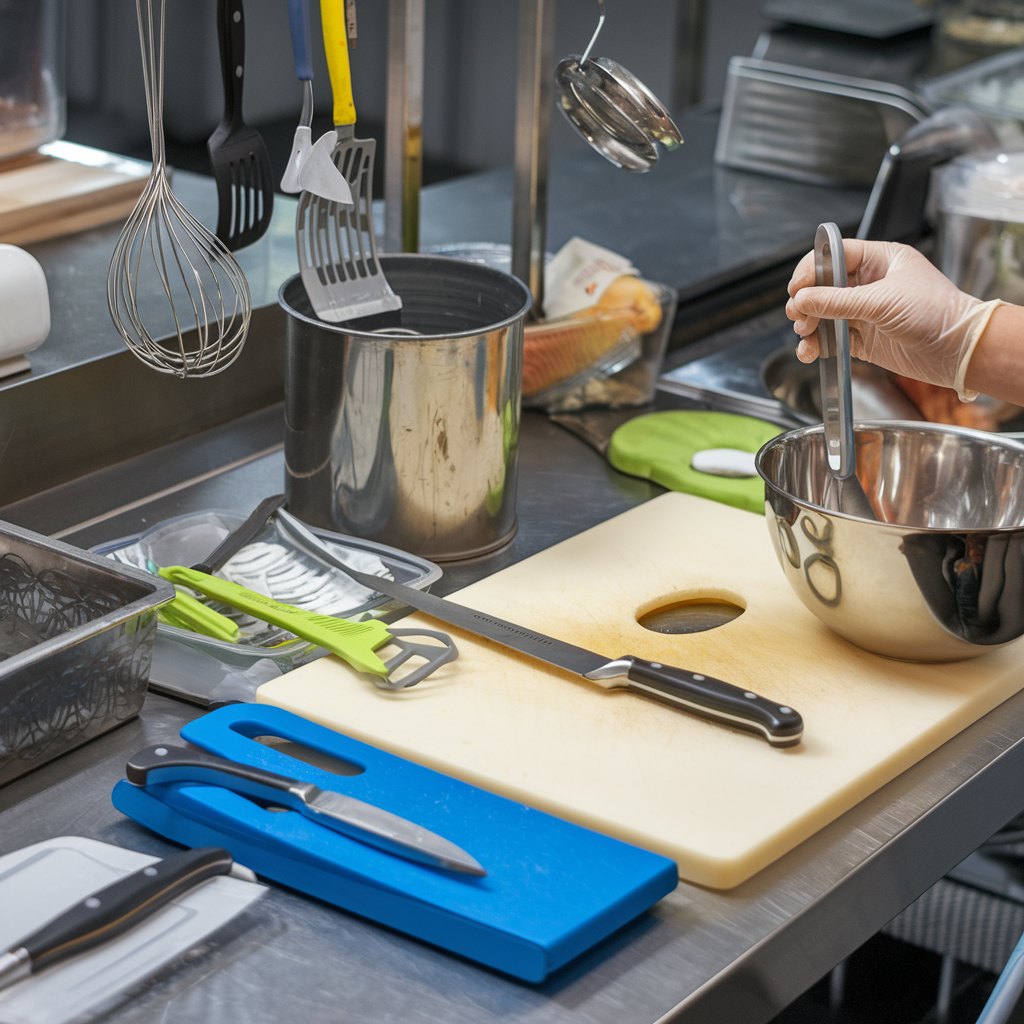
When preparing baby food, safety and health are essential. Understanding the materials used in baby food makers and following food safety practices can help ensure your baby gets safe and nutritious meals.
When choosing a baby food maker, check if it is made from BPA-free materials. BPA, or bisphenol A, is a chemical found in some plastics. It can seep into food and potentially harm your baby.
Many manufacturers now offer BPA-free products, so look for labels that specify this feature. Using BPA-free equipment gives you peace of mind that your baby isn’t exposed to harmful substances.
Additionally, you may want to consider other safe materials, like glass or stainless steel. These options are usually free from harmful chemicals and are easier to clean.
Food safety is key when making baby food. Always wash your hands before handling any ingredients. This simple step helps prevent the spread of germs.
Make sure to wash fruits and vegetables thoroughly. Peel or cook them when necessary to eliminate pesticide residues and bacteria.
You should also store homemade baby food correctly. Keep it in airtight containers in the fridge and use it within a few days. For longer storage, consider freezing small portions. Labeling containers with dates can help you keep track.
Always be cautious when reheating baby food. Ensure it’s heated evenly to avoid hot spots, which can burn your baby’s mouth.

When choosing a baby food maker, hearing from other users can be very helpful. Reviews provide insights into performance, ease of use, and overall satisfaction. Here’s what parents are saying about their preferred baby food makers.
Many parents recommend specific models based on their experiences. Some of the best-rated baby food makers you might consider include:
Hearing personal experiences can help you make a better choice. Many parents share how a baby food maker changed their feeding routine.
One mom mentioned how the OXO Tot Food Masher was a game-changer for her. It was affordable and easy to use, making it a great option for quick meals.
Another parent highlighted the Sage Spoonfuls. They found it versatile for both purees and blends, making meal prep faster. Many users reported their babies loved the fresh taste compared to store-bought options.
These reviews provide valuable insights, helping you pick the right baby food maker for your needs.

Deciding whether to get a baby food maker can depend on several factors. You should consider your cooking habits, the variety of foods you want to prepare, and your budget.
When choosing a baby food maker, think about what will suit your lifestyle best. If you prefer convenience, an all-in-one machine might be right for you. These machines can steam and blend in one process, making it easier to prepare purees quickly.
Consider how often you plan to make baby food. If you cook in bulk, look for models with larger capacities, like the Béaba Babycook.
You should also evaluate your other kitchen tools. Do you already have a reliable food processor? If so, it may be just as effective for making baby food. Ultimately, the choice should fit your needs and lifestyle.

You may have some questions about using a baby food maker. This section covers the key benefits, product recommendations, and important features to consider when choosing one.
Using a baby food maker can save you time and effort. These devices simplify cooking, blending, and storing baby food. They help you create fresh, homemade meals without additives or preservatives.
Some of the top baby food makers include those from brands like Beaba and Baby Brezza. Both offer steam cooking and blending options, making meal prep quick and easy. You can find more specific recommendations from Forbes and Baby Foode.
A specialized baby food maker can offer more features for pureeing and steaming. They are designed specifically for baby food, which can provide smoother textures and better control. However, a regular blender can also work well if you already own one and want to save money.
Look for a baby food maker with BPA-free materials. Check reviews for ease of cleaning, as some models have dishwasher-safe components. You should also choose one with a simple design that doesn’t have hard-to-reach areas.
Yes, some baby food makers use glass instead of plastic for safer food preparation. Glass models are less likely to leach chemicals and can be more durable. Brands like Beaba offer glass containers that are both safe and stylish.
Making homemade baby food can often be cheaper than buying pre-packaged meals. You can purchase fresh ingredients in bulk and make larger batches to freeze. Many parents find that they save money while also providing healthier options for their babies.